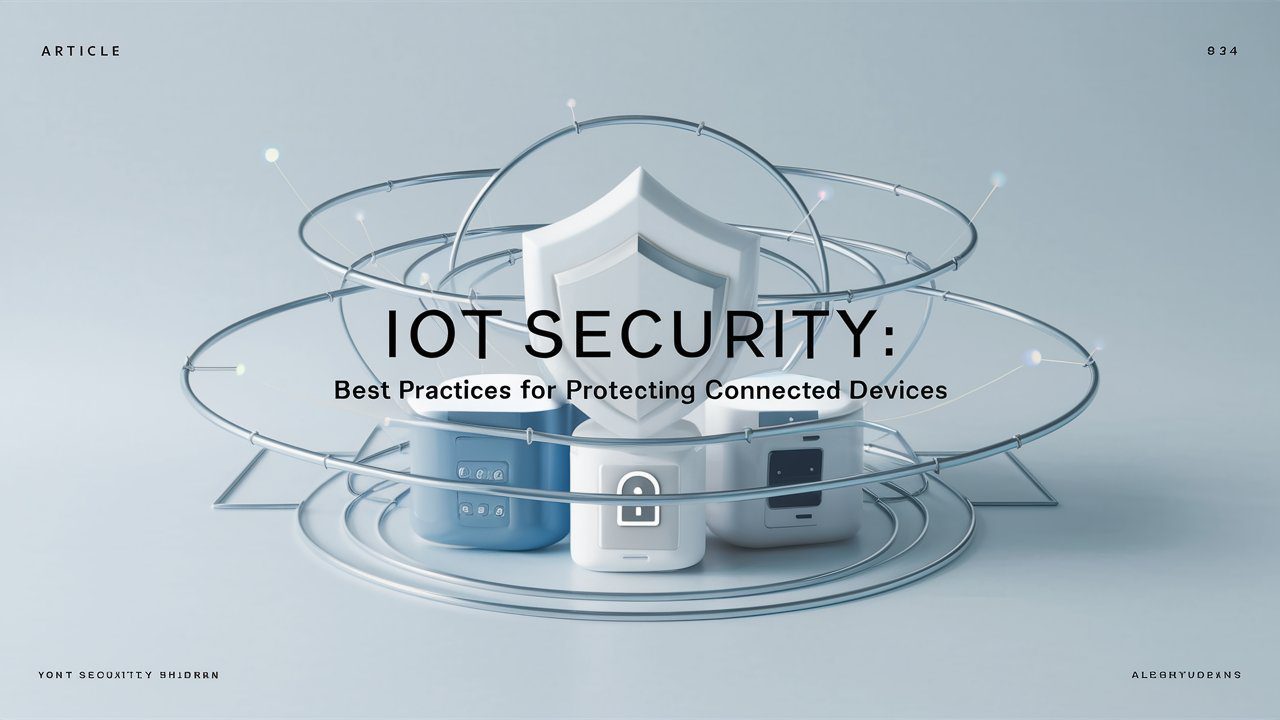The Internet of Things (IoT) connects a vast array of devices to the internet, ranging from home appliances and wearables to industrial machinery. While this connectivity offers numerous benefits, it also introduces significant security risks. Protecting IoT devices from cyber threats requires a multi-faceted approach. Here are the best practices for ensuring the IoT security. Also Explore more about our company on [our homepage].
Secure Device Design and Manufacturing
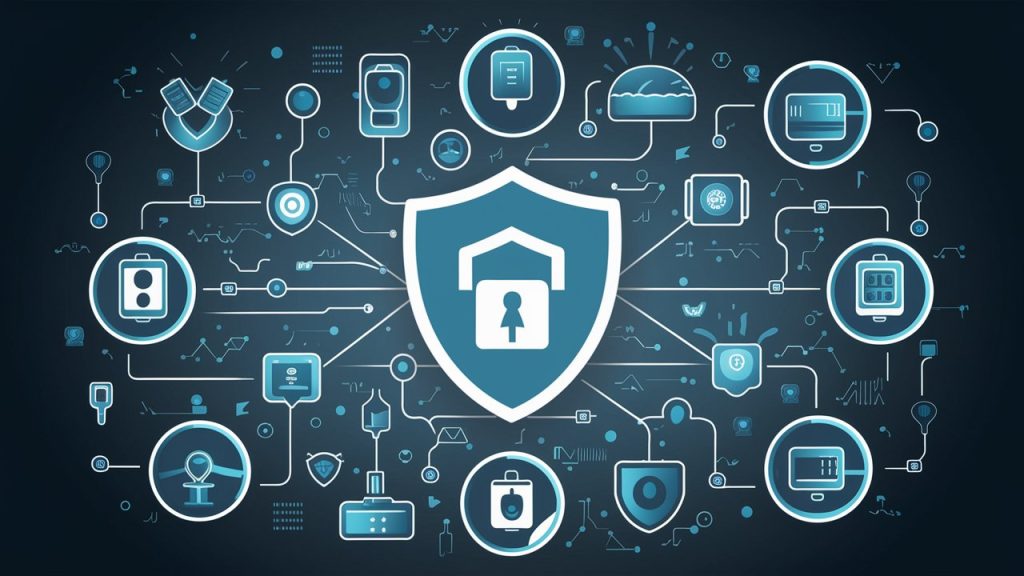
Implement Security by Design
Security should be a fundamental aspect of the design process for IoT devices. This includes incorporating secure hardware and software components from the outset.
Recommendations:
- Use Trusted Components: Utilize secure microcontrollers and hardware security modules (HSMs) to protect data and operations within the device.
- Conduct Security Assessments: Perform regular security assessments and penetration testing to identify and mitigate vulnerabilities.
Secure Firmware Updates
Ensure that firmware updates can be securely delivered and installed on IoT devices to fix vulnerabilities and improve functionality.
Recommendations:
- Signed Updates: Use cryptographic signatures to verify the authenticity of firmware updates.
- Encrypted Communications: Ensure that update delivery uses encrypted channels to prevent interception and tampering.
Network Security
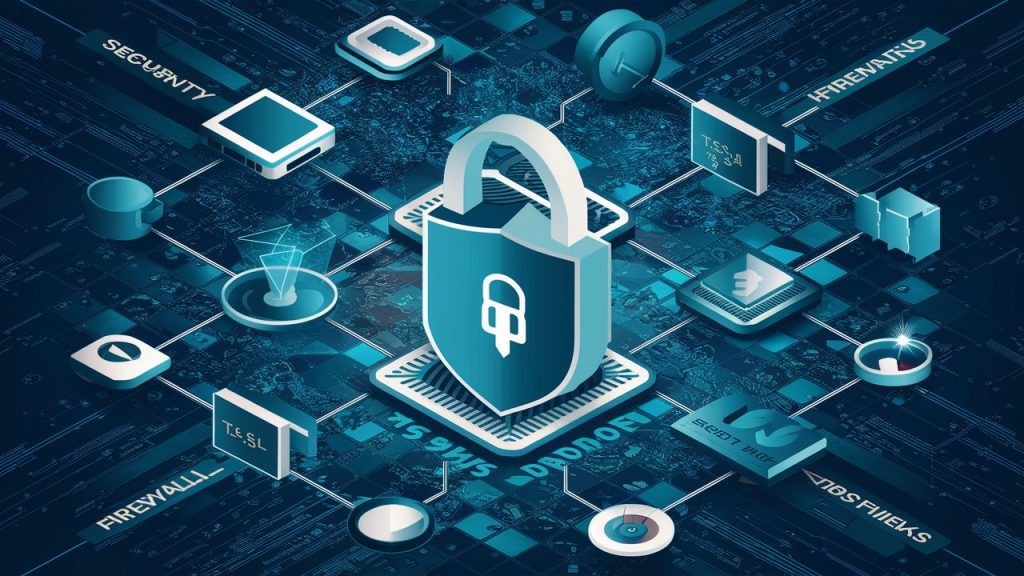
Segment IoT Devices
Isolate IoT devices on a separate network to minimize the potential impact of a compromised device on the broader network.
Recommendations:
- Virtual LANs (VLANs): Use VLANs to segment IoT devices from critical IT infrastructure.
- Firewalls: Implement firewalls to control traffic between IoT devices and the rest of the network.
Use Strong Encryption
Encrypt data in transit and at rest to protect it from unauthorized access and tampering.
Recommendations:
- TLS/SSL: Use Transport Layer Security (TLS) or Secure Sockets Layer (SSL) for secure communications between IoT devices and servers.
- AES: Implement Advanced Encryption Standard (AES) for encrypting data stored on IoT devices. Dive deeper into our [blog posts] for in-depth insights and examples.
Access Control
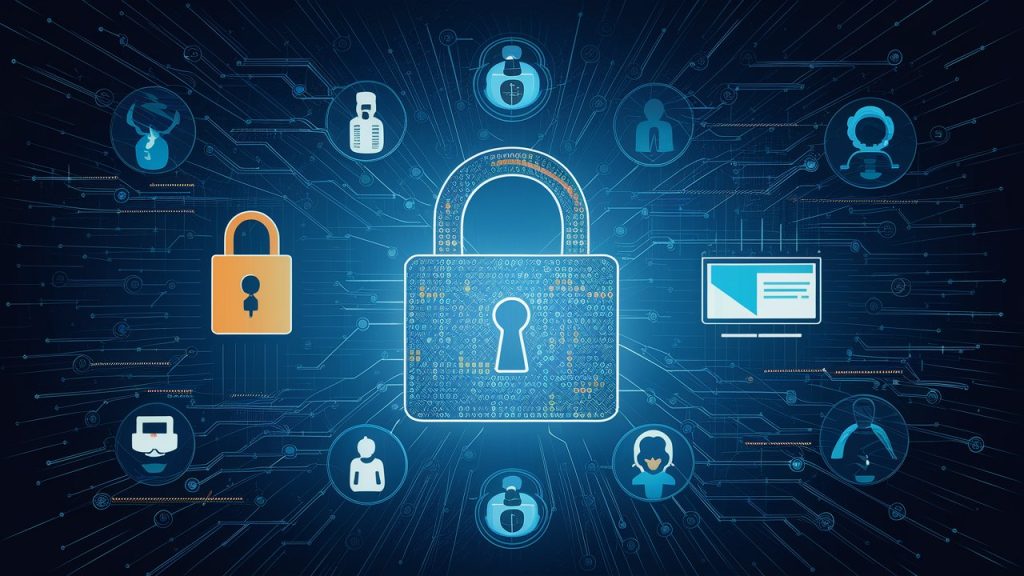
Strong Authentication Mechanisms
in the IoT Security, Implement robust authentication mechanisms to ensure that only authorized users and devices can access IoT systems.
Recommendations:
- Multi-Factor Authentication (MFA): Require MFA to enhance security for accessing IoT devices and management platforms.
- Unique Credentials: Avoid using default passwords; ensure each device has unique credentials.
Role-Based Access Control (RBAC)
Use RBAC to limit access to IoT systems based on the user’s role within the organization, ensuring that users only have the permissions they need to perform their tasks.
Recommendations:
- Least Privilege Principle: Apply the principle of least privilege to minimize the risk of unauthorized access.
- Regular Reviews: Conduct regular reviews of access controls to ensure they remain appropriate as roles and responsibilities change.
Monitoring and Incident Response

Continuous Monitoring
Implement continuous monitoring to detect suspicious activities and potential security breaches in real-time.
Recommendations:
- Intrusion Detection Systems (IDS): Deploy IDS to monitor network traffic for signs of malicious activity.
- Log Management: Collect and analyze logs from IoT devices to identify anomalies and potential security incidents.
Incident Response Plan
Develop and maintain an incident response plan to quickly and effectively respond to security breaches involving IoT devices.
Recommendations:
- Regular Drills: Conduct regular incident response drills to ensure readiness.
- Clear Procedures: Define clear procedures for identifying, containing, and mitigating security incidents.
- Discover our full range of [services] to see how we can bring your app vision to life.
Compliance and Best Practices
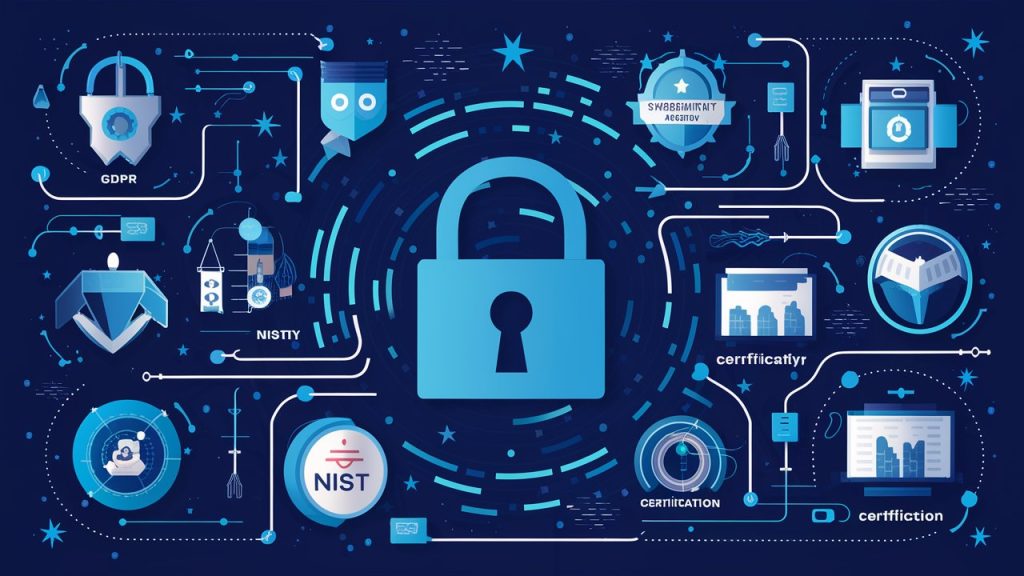
Adhere to Standards and Regulations
IoT Security Contains That, Ensure compliance with industry standards and regulations that govern IoT security, such as the General Data Protection Regulation (GDPR) and the California Consumer Privacy Act (CCPA).
Recommendations:
- Regular Audits: Conduct regular audits to ensure compliance with relevant standards and regulations.
- Certification Programs: Participate in certification programs to demonstrate adherence to best practices and standards.
Adopt Security Frameworks
Adopt recognized security frameworks and guidelines, such as the NIST Cybersecurity Framework, to structure and enhance your IoT security efforts.
Recommendations:
- Framework Implementation: Implement the NIST Cybersecurity Framework to manage and reduce cybersecurity risk.
- Continuous Improvement: Regularly update and improve security practices based on evolving threats and new technologies.
Conclusion
Securing IoT devices requires a comprehensive approach that encompasses secure design, robust network and access controls, continuous monitoring, and adherence to industry standards. By following these best practices, organizations can protect their connected devices from cyber threats, ensuring the integrity, availability, and confidentiality of their IoT systems. [Contact us] today and let’s discuss your project in detail.

